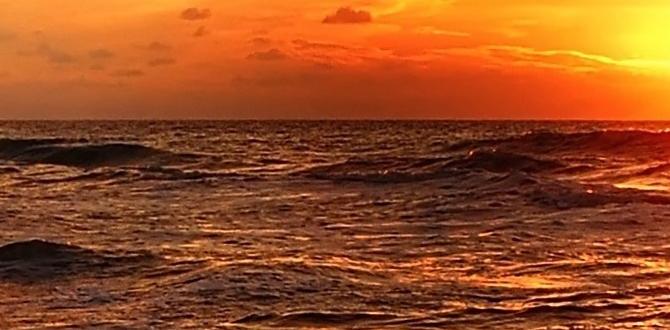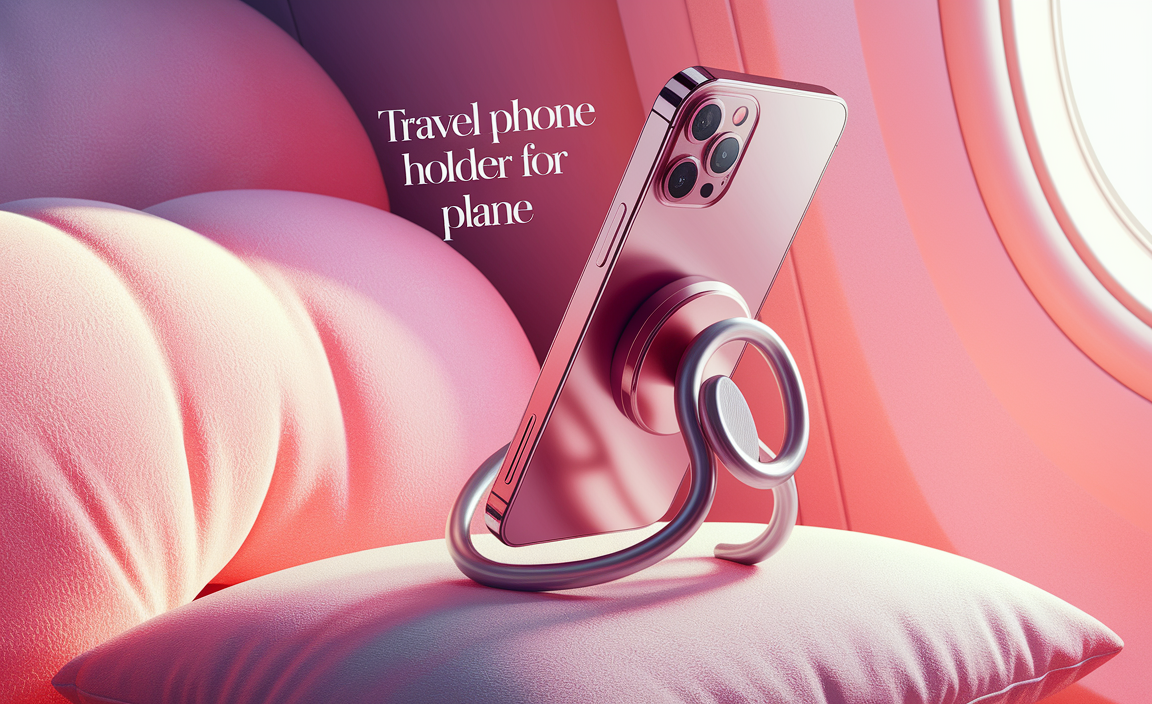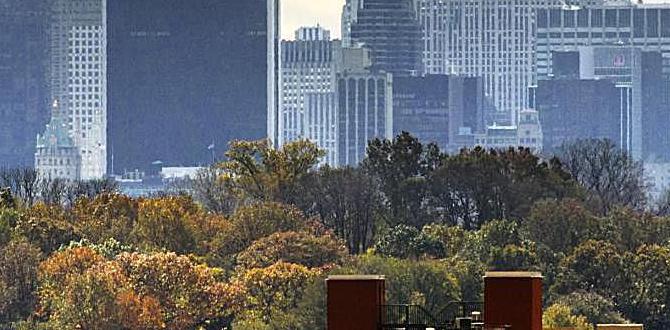Botswana Public Transport Cheat Sheet: Your Essential Guide to Affordable and Convenient Travel Across the Nation
Navigating Botswana’s public transport system can seem a bit daunting at first, especially if you’re new to the country. But don’t worry! With this cheat sheet, you’ll discover how to get around efficiently and affordably, from bustling city centers to remote desert landscapes. We’ll break down the options, share essential tips, and ensure your journey is as comfortable and stress-free as possible, allowing you to focus on the incredible sights Botswana has to offer.
Botswana Public Transport: Your Ultimate Cheat Sheet
Botswana, a land of vast savannas, iconic wildlife, and stunning natural beauty, offers a unique travel experience. While luxury safaris are plentiful, experiencing the heart of Botswana often means engaging with its local life, and that includes its public transport system. For the budget-conscious traveler, the solo adventurer, or families looking for authentic experiences, understanding how to navigate Botswana’s buses and shared taxis is key. This guide is your essential companion, simplifying your transit and helping you explore Botswana with confidence.
Whether you’re planning a trip from Gaborone to Maun, or just need to get across town in Francistown, this cheat sheet will cover the essentials to make your journey smooth. We’ll demystify the routes, fares, and etiquette, ensuring you feel prepared and empowered.
Understanding Botswana’s Public Transport Landscape
Botswana’s public transport network is primarily built around two main modes: minibuses (often called “combis”) and shared taxis (similar to minivans). These are the workhorses of the nation’s transportation, connecting cities, towns, and even smaller villages. For longer distances or more direct routes, intercity buses also operate, though they are less frequent and often cater to specific major routes.
Minibuses (Combis)
Combis are ubiquitous and form the backbone of public transport in Botswana, especially for intra-city and inter-town travel. They are typically white minibuses, often adorned with colorful stickers and hand-painted destinations. These are your go-to for short to medium distances.
How They Work:
- Routes: Combis operate on fixed routes, usually indicated on a sign at the front or side of the vehicle. Destinations are often a mix of English and Setswana.
- Stops: They stop at designated points (bus stops), but also frequently pick up and drop off passengers along the route, signaled by waving your hand.
- Fares: Fares are generally very affordable and are based on distance. They are usually paid directly to the conductor or driver. It’s wise to have small denominations of Pula (Botswana’s currency) ready.
- Capacity: They can get crowded, especially during peak hours. Be prepared for a cozy ride!
- Schedule: They tend to run frequently from early morning until early evening. Some routes may have later services, but it’s best to check local information.
Pros of Using Combis:
- Affordability: By far the cheapest way to travel.
- Frequency: Many routes have a high frequency, meaning you often don’t have to wait too long for one.
- Local Experience: You’ll be traveling alongside locals, offering a genuine glimpse into daily life.
- Flexibility: You can often flag them down or request a stop almost anywhere along their route.
Cons of Using Combis:
- Crowding: Can become very packed, which might be uncomfortable for some travelers, especially those with significant luggage or requiring extra space.
- Luggage Space: Limited space for large suitcases. You might have to negotiate with the driver/conductor, and sometimes luggage is stored on the roof or in the passenger cabin.
- Comfort: Can be a bumpy ride, and air conditioning isn’t always guaranteed or functional.
- Information Accessibility: Route information can sometimes be tricky to decipher if you don’t speak any Setswana.
Shared Taxis (Maxi-Taxis)
Shared taxis are a step up from combis in terms of speed and sometimes comfort, though they are usually a bit more expensive. They operate on similar principles, often serving routes that combis do, or providing a slightly faster alternative. These are typically saloons or smaller minibuses.
How They Work:
- Departure Points: Often depart from designated taxi ranks or bus ranks.
- Routes: They also generally stick to set routes, and drivers will announce their destination.
- Filling Up: They wait until a certain number of passengers are on board before departing to make the journey profitable for the driver.
- Fares: Fares are usually fixed per route and are paid upon reaching your destination or when the taxi becomes full.
Pros of Using Shared Taxis:
- Speed: Often make fewer stops than combis, leading to a faster journey.
- Comfort: Generally less crowded than combis.
- Directness: Can sometimes offer more direct routes or operate into the late evening when combi services diminish.
Cons of Using Shared Taxis:
- Cost: More expensive than combis, though still relatively affordable compared to private taxis or car hire.
- Departure Times: You might have to wait longer for the taxi to fill up before it departs.
- Less Frequent Than Combis: Not as many shared taxis operating compared to the sheer volume of combis.
Intercity Buses
For longer journeys between major cities like Gaborone, Francistown, or Maun, intercity buses are an option. These tend to be more formal, with ticket counters and scheduled departure times. Companies like Seabelo Express and Marumo Express are common providers.
How They Work:
- Stations: Depart from central bus stations in cities.
- Tickets: You will typically need to purchase a ticket in advance from a ticket office or sometimes from the driver before departure.
- Schedules: While they have schedules, punctuality can vary. It’s best to arrive at the station with some buffer time.
- Comfort: Generally more comfortable than combis, with allocated seating and often better suspension. Some may have basic onboard amenities.
Pros of Using Intercity Buses:
- Comfort: More comfortable for longer travel durations.
- Reliability: More predictable schedules than combis for long distances.
- Luggage: Better facilities for storing luggage.
Cons of Using Intercity Buses:
- Less Frequent: Don’t operate as frequently as combis, especially on less popular routes.
- Cost: More expensive than combis or shared taxis.
- Limited Reach: Primarily serve major routes; won’t take you to every small village.
Key Destinations and Transport Hubs
Understanding the main transport hubs will make planning your journeys much easier. These are the places where you’ll find the most options and can easily connect to various routes.
Gaborone
Gaborone’s main bus and taxi rank is a central point for travel within the city and to other major towns. The Central Bus Station is where you’ll find most intercity bus services and numerous combis and shared taxis heading out in various directions. For local travel within Gaborone, combis are plentiful and will take you to most neighborhoods.
Francistown
As Botswana’s second-largest city, Francistown has a well-established bus and taxi rank. It serves as a gateway to the north and east of the country. You’ll find extensive combi services within the city and connections to surrounding towns and further afield. Intercity buses also run from here.
Maun
Maun is the gateway to the Okavango Delta and Moremi Game Reserve. While it’s a tourism hub, it also has a functional public transport system. Expect combis connecting different parts of Maun and services running to surrounding villages like Shorobe and away to major cities. For those with extensive camping gear or packed safari bags, consider the luggage arrangements carefully.
Kasane
Located in the far northeast, Kasane is another popular tourist town, serving as a transit point for Chobe National Park and the borders with Namibia, Zambia, and Zimbabwe. Public transport here is less extensive than in Gaborone or Francistown but serves key routes connecting to these cities and the surrounds. You’ll primarily rely on combis and shared taxis for local movement and reaching nearby areas.
Essential Tips for Using Botswana Public Transport
To make your travels smooth and enjoyable, here are some practical tips from my own experiences navigating Botswana’s roads:
1. Travel Light (or Be Prepared)
As mentioned, luggage space can be a significant constraint, especially on combis. If you have a large suitcase, consider using intercity buses for longer stretches or a shared taxi where you might have more negotiation power. If you’re traveling with children, parents might find it helpful to pack essentials in easily accessible backpacks for quick retrieval. For extended trips or families needing extra convenience, consider packing adult or child diapers if necessary for comfort on long journeys, ensuring easy access and peace of mind without the worry of frequent stops.
2. Carry Small Change
Fares are usually modest, and conductors or drivers often don’t have large amounts of change. Always try to pay with smaller Pula denominations. This speeds up boarding and avoids confusion.
3. Learn a Few Basic Setswana Phrases
While English is widely spoken in major towns, knowing a few Setsetswana words can go a long way. Greetings like “Dumela” (Hello) and “Ke a leboga” (Thank you) are always appreciated. For transport, knowing “Re ya…” followed by the destination (e.g., “Re ya Gaborone”) will help you find the right combi quickly.
4. Be Patient and Flexible
Public transport in Botswana can be unpredictable. Buses might be late, routes can change, and journeys can take longer than expected. Embrace the journey, enjoy the local interactions, and don’t let a delay spoil your day. This inherent flexibility is part of the adventure.
5. Understand Peak Hours
Mornings and late afternoons are typically peak hours when commuters are traveling to and from work. If you prefer a less crowded ride, try to travel mid-morning or early afternoon.
6. Safety First
- Stow Valuables: Keep your valuables secure and out of sight. While Botswana is generally safe, petty theft can occur.
- Be Aware of Surroundings: Pay attention to where you are going and who is around you, especially when boarding or alighting.
- Stick to Known Routes: For your first few journeys, it’s wise to stick to well-traveled routes.
- Trust Your Gut: If a situation feels uncomfortable, it’s okay to wait for the next vehicle or find an alternative.
7. Ask Locals for Directions
Don’t hesitate to ask fellow passengers or people at the bus rank for help. Batswana are generally friendly and helpful. You can ask, “E ya kae?” (Where does this go?) if you’re unsure about a vehicle.
8. Luggage on Combis
For smaller bags, they can usually fit on your lap or at your feet. For larger bags, discuss with the conductor or driver. Sometimes, they are placed on the roof (beware of dust!) or secured in the open doorway where they can be watched. Always ensure your luggage is strapped or secured to prevent it from falling out.
Fares and Payment
Botswana public transport fares are designed to be accessible. They are generally very low for short distances and increase incrementally based on how far you travel.
Typical Fare Structures (Estimates)
These are approximate and can vary slightly depending on the route and current fuel prices. It’s always best to confirm the fare before you start your journey.
| Travel Distance | Estimated Fare (Pula) | Notes |
|---|---|---|
| Short City Commute (e.g., within Gaborone/Francistown) | P2.00 – P5.00 | Per passenger |
| Medium Distance (e.g., Gaborone to Lobatse) | P15.00 – P30.00 | Per passenger |
| Long Distance (e.g., Gaborone to Maun via combi/shared taxi) | P150.00 – P250.00 | Can take many hours, multiple changes might be needed. Intercity buses are often cheaper and more direct for this. |
| Intercity Bus (e.g., Gaborone to Francistown) | P70.00 – P100.00 | Per passenger, can vary by company. |
Note on Currency: The currency in Botswana is the Pula (BWP). As of late 2023/early 2024, 1 USD is roughly P13-P14.
Payment Method: Cash is king. Always have enough small Pula notes and coins. You pay the conductor or driver, usually once seated or just before you get off.
Planning Your Journey: Online Resources and Tools
While the public transport system is largely uncentralized and informal, there are some resources that can assist in planning, though they are not always up-to-the-minute.
Bus Company Websites
Some of the larger intercity bus companies, like Seabelo Express, have websites where you can find route information and sometimes schedules or even book tickets online. While these are essential for longer journeys, smaller bus operators and the combi system are more reliant on on-the-ground information.
Travel Forums and Blogs
Websites like TripAdvisor, Lonely Planet’s Thorn Tree forum, and various travel blogs often have up-to-date information shared by travelers. Searching for specific routes (e.g., “Gaborone to Maun transport”) can yield helpful firsthand accounts and practical advice. Sites like Botswana Tourism Organisation also provide general travel advice and connectivity information.





